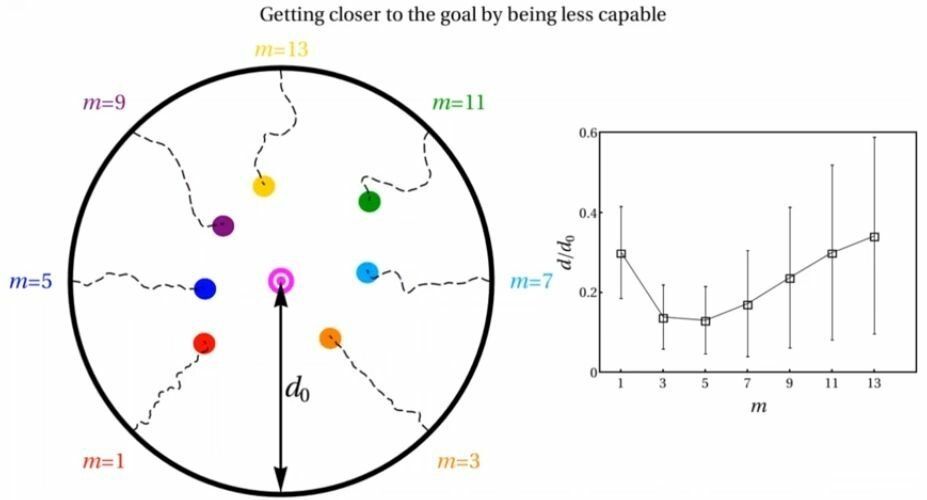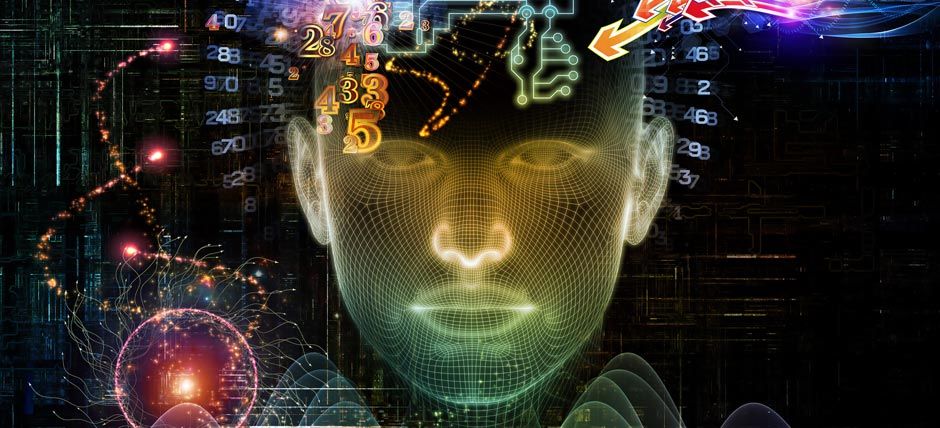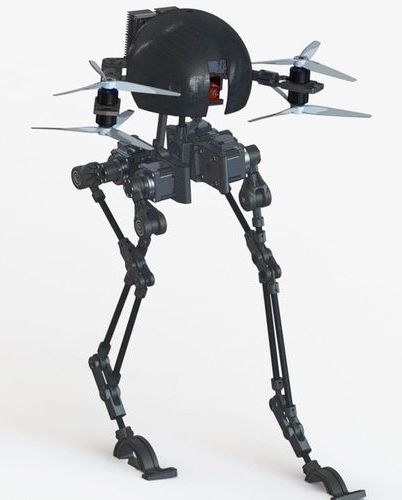Engineers have developed a tiny robotic capsule that injects insulin once it lands in the stomach.


In a world first, doctors in Sweden say they’ve wired a prosthetic hand directly into a woman’s nerves, allowing her to move its fingers with her mind and even feel tactile sensations.
The hand is an enormous step up from existing prostheses, which often rely on electrodes placed on the outside of the skin — and it could herald a future in which robotic devices interface seamlessly with our bodies.
For most of us, receiving junk mail is an annoyance. For Sydney woman Lisa Hayes, it’s a thrill.
She was born completely blind and has never known what it’s like to scan through the items in unsolicited catalogues that get stuffed into her letter box. That was until last September when she received a small device that clips onto a pair of glasses and uses sophisticated artificial intelligence technology to recognise faces and read text for her.
“It’s one of the best things I’ve ever had,” she tells news.com.au. Ms Hayes, 50, and says the device has transformed her life.
For better or worse, robots with humanoid features are often compared to humans—we want to know if they’re anywhere close to doing the same kinds of things that we do, and with a few exceptions, the answer is “probably not.” Humanoid robots are difficult to build and program, but we keep doing it because it makes some amount of sense to have robots that look and function like we do operating in the same environments that we operate in. However, one of the great things about robots is that they don’t have to be constrained by the same boring humanoid-ness that we are, and we can do all kinds of things to them to make them more capable than we’ll ever be.
Leonardo augments humanoid legs with thrusters to help it run and jump.

Combining Machine Learning and Your Gut
The link between the gut biome and age is described by longevity researcher Alex Zhavoronkov and a team of his colleagues at Insilico Medicine, an artificial intelligence startup focused on drug discovery, biomarker development, and aging research.

If the forecast calls for rain, you’ll probably pack an umbrella. If it calls for cold, you may bring your mittens. That same kind of preparation happens in buildings, where sophisticated heating and cooling systems adjust themselves based on the predicted weather.
But when the forecast is imperfect—as it often is—buildings can end up wasting energy, just as we may find ourselves wet, cold or burdened with extra layers we don’t need.
A new approach developed by Fengqi You, professor in energy systems engineering at Cornell University, predicts the accuracy of the weather forecast using a machine learning model trained with years’ worth of data on forecasts and actual weather conditions. You combined that predictor with a mathematical model that considers building characteristics including the size and shape of rooms, the construction materials, the location of sensors and the position of windows.

A team of researchers including Neil Johnson, a professor of physics at the George Washington University, has discovered that decentralized systems work better when the individual parts are less capable.
Dr. Johnson was interested in understanding how systems with many moving parts can reach a desired target or goal without centralized control. This explores a common theory that decentralized systems, those without a central brain, would be more resilient against damage or errors.
This research has the potential to inform everything from how to effectively structure a company, build a better autonomous vehicle, optimize next-generation artificial intelligence algorithms—and could even transform our understanding of evolution. The key lies in understanding how the “sweet spot” between decentralized and centralized systems varies with how clever the pieces are, Dr. Johnson said.

Forensics is on the cusp of a third revolution in its relatively young lifetime. The first revolution, under the brilliant but complicated mind of J. Edgar Hoover, brought science to the field and was largely responsible for the rise of criminal justice as we know it today. The second, half a century later, saw the introduction of computers and related technologies in mainstream forensics and created the subfield of digital forensics.
We are now hurtling headlong into the third revolution with the introduction of Artificial Intelligence (AI) – intelligence exhibited by machines that are trained to learn and solve problems. This is not just an extension of prior technologies. AI holds the potential to dramatically change the field in a variety of ways, from reducing bias in investigations to challenging what evidence is considered admissible.
AI is no longer science fiction. A 2016 survey conducted by the National Business Research Institute (NBRI) found that 38% of enterprises are already using AI technologies and 62% will use AI technologies by 2018. “The availability of large volumes of data—plus new algorithms and more computing power—are behind the recent success of deep learning, finally pulling AI out of its long winter,” writes Gil Press, contributor to Forbes.com.

Lawmakers and experts are sounding the alarm about “deepfakes,” forged videos that look remarkably real, warning they will be the next phase in disinformation campaigns.
The manipulated videos make it difficult to distinguish between fact and fiction, as artificial intelligence technology produces fake content that looks increasingly real.
The issue has the attention of lawmakers from both parties on Capitol Hill.
